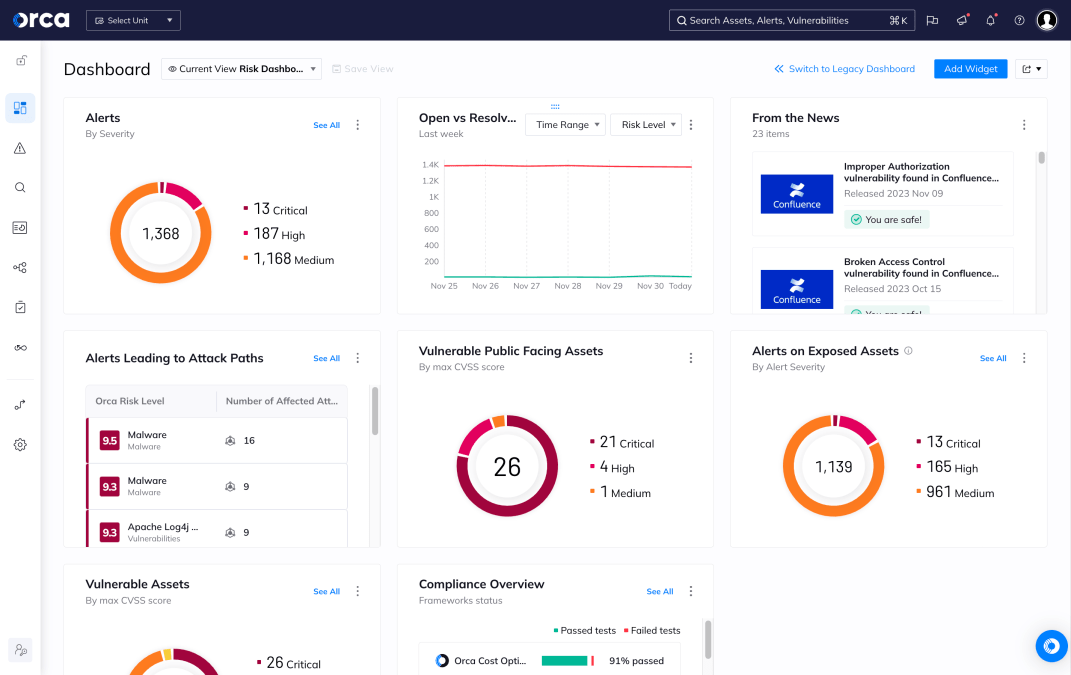Software Supply Chain Security (SSCS) refers to the comprehensive set of practices, tools, and policies designed to protect the integrity and security of software components throughout their entire development and distribution lifecycle. This discipline encompasses securing all elements involved in creating, building, testing, and delivering software—from source code repositories and third-party dependencies to build systems and deployment pipelines. In the modern cloud security landscape, SSCS has become a critical foundation for protecting organizations against increasingly sophisticated attacks that target vulnerabilities in the software development process rather than the final applications themselves.
Why is it important?
The importance of Software Supply Chain Security has escalated dramatically as organizations increasingly rely on complex software ecosystems built from numerous third-party components, open-source libraries, and cloud services. A single compromised component can cascade into widespread security breaches affecting thousands of downstream users.
High-profile incidents like the SolarWinds attack and the Log4j vulnerability demonstrated how attackers can exploit supply chain weaknesses to gain access to sensitive systems across entire industries. With the average application consisting of mostly open-source code, organizations face an expanding attack surface that extends far beyond their direct control. Software Supply Chain Security directly impacts regulatory compliance, operational continuity, and customer trust, making it essential for maintaining competitive advantage in today’s interconnected digital economy.
How does it work?
Software Supply Chain Security operates through multiple interconnected layers of protection and verification:
- Secure code development: Implement secure coding practices, use code signing, and maintain Software Bills of Materials (SBOMs).
- Build pipeline protection: Secure CI/CD systems, restrict access to build environments, and ensure artifact integrity through cryptographic validation.
- Dependency management: Scan third-party libraries for known vulnerabilities, track component usage, and set policies for approving new dependencies.
- Supply chain risk assessment: Evaluate the security practices of software vendors and establish trust relationships.
- Monitoring and detection: Use automated tools to detect anomalies, unauthorized changes, or suspicious activity in the pipeline.
These practices work together to ensure the security of software artifacts from development through deployment and updates.
Security risks and challenges
Organizations implementing SSCS face a variety of risks and challenges:
- Vulnerable dependencies: Most codebases include components with known vulnerabilities.
- Build system compromise: CI/CD pipelines can be exploited to introduce malicious code.
- Third-party risk: Limited visibility into vendors’ practices can introduce hidden vulnerabilities.
- SBOM complexity: Managing a complete inventory of software components becomes increasingly difficult at scale.
- Legacy systems: Older systems may not support modern SSCS tools or visibility.
- Trust validation: Establishing trust across diverse and dynamic vendor ecosystems is operationally complex.
The cumulative effect of these risks can lead to severe downstream impact if even one link in the software supply chain is compromised.
Best practices and mitigation strategies
To mitigate supply chain threats and improve resilience, organizations should adopt a defense-in-depth strategy:
- Maintain comprehensive SBOMs: Track all components and their versions across environments.
- Automate vulnerability scanning: Scan first-party code and third-party components continuously throughout the development lifecycle.
- Adopt zero-trust principles: Treat all software components as untrusted until verified.
- Implement code signing: Verify authenticity and integrity of code at every stage.
- Use policy-as-code: Automate security checks for dependency usage and configuration.
- Evaluate third-party vendors: Perform regular assessments and require security certifications.
- Follow NIST guidelines: Implement best practices outlined in the Secure Software Development Framework (SSDF).
- Adopt OWASP standards: Use the Software Component Verification Standard (SCVS) to evaluate dependencies.
- Test response plans: Establish and rehearse incident response procedures specific to software supply chain breaches.
These actions improve visibility, reduce risk, and create a more resilient software development lifecycle.
How Orca Security helps
The Orca Cloud Security Platform helps defend against software supply chain attacks by providing agentless-first visibility into cloud environments and application pipelines across AWS, Azure, Google Cloud, Oracle Cloud, Alibaba Cloud, and Kubernetes environments.
With Orca, organizations can:
- Comprehensively scan their git repositories and other code artifacts for misconfigurations, vulnerabilities, and secrets
- Get complete coverage of their runtime environment, contextual risk detection, and prioritized remediation based on holistic and dynamic analysis
- Set or customize security policies that catch issues before they can reach production environments
- Protect sensitive workloads with real-time runtime security via lightweight technology
- Leverage Reachability Analysis to prioritize vulnerable software packages that attackers can actually reach and exploit in production
By integrating security into every phase of the SDLC, Orca helps organizations proactively manage software supply chain risk and reduce the blast radius of compromise.



